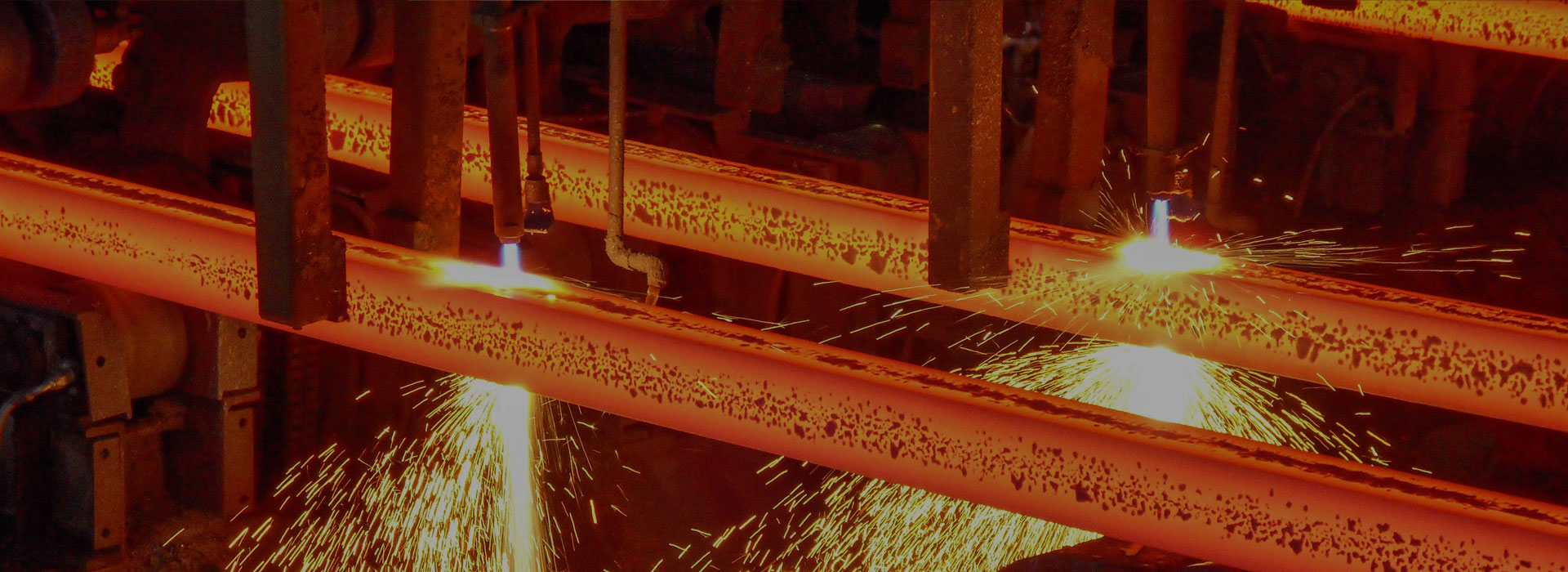Common Defects in Investment Casting
2024-06-25
Some common defects that can occur in investment casting include:
Shrinkage: When the metal solidifies, it can shrink and cause voids or cavities in the investment casting.
Porosity: This is the presence of small voids or bubbles in the investment casting, which can weaken the structure.
Inclusions: Foreign materials or impurities can get trapped in the investment casting, compromising its quality.
Entrapped gas: Air or other gases can become trapped in the investment casting, leading to defects like bubbles or porosity.
Misruns: Insufficient filling of the mold cavity, resulting in incomplete or improperly formed investment castings.
Cold shuts: Partial solidification before the mold is completely filled, causing a seam or line to form in the investment casting.
Surface defects: Issues like rough surfaces, cracks, or uneven textures can occur during the investment casting process.
Warping: Distortion or bending of the casting due to uneven cooling or improper investment casting techniques.
Voids: Empty spaces or gaps in the investment casting that can weaken its structural integrity.
Dimensional inaccuracies: Variations in the final dimensions of the investment casting compared to the original design specifications.
These defects can be minimized or eliminated through careful design, proper gating and venting systems, appropriate mold and wax materials, precise control of process parameters, and rigorous quality control measures.




